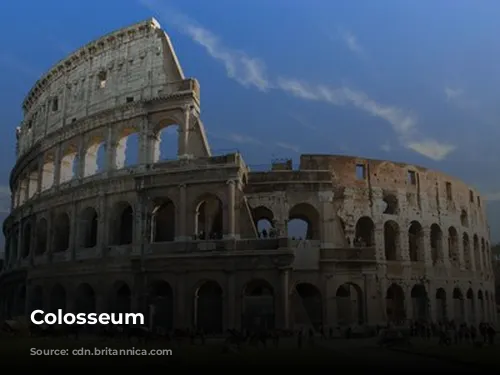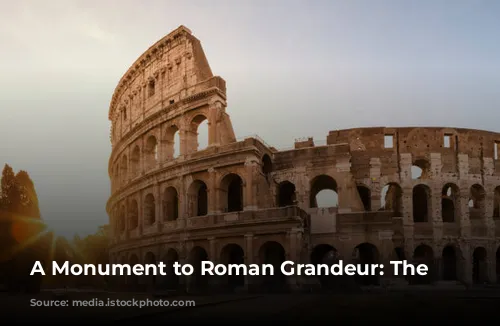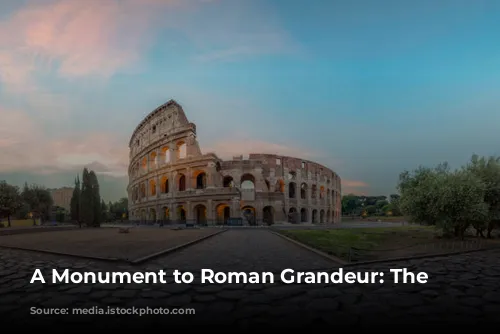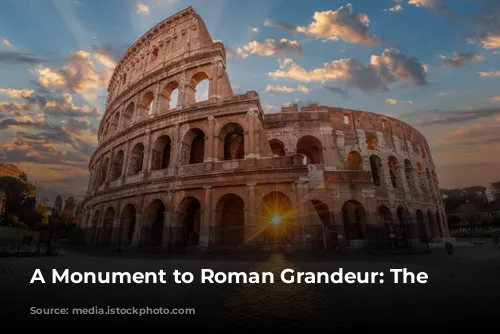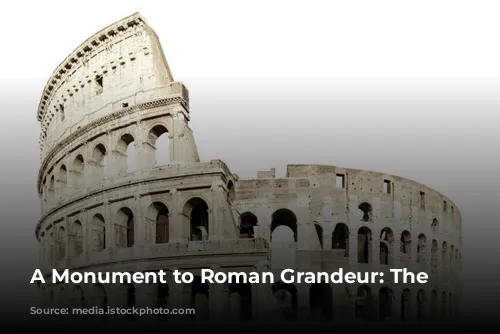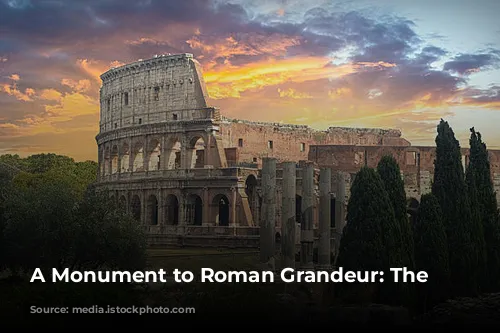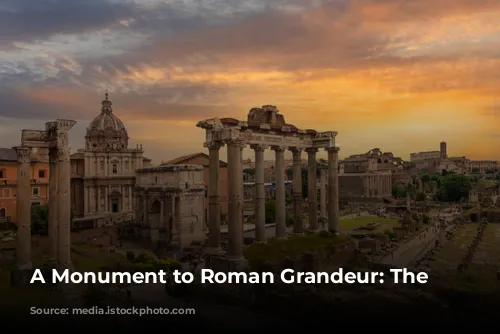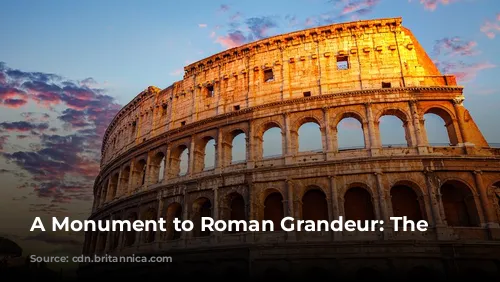The Colosseum stands as a testament to the incredible architectural and engineering prowess of ancient Rome. More than just a historical landmark, it also serves as a significant source of income for the Italian government, drawing in millions of tourists annually. In 2018, the Colosseum, the Roman Forum, and Palatine Hill generated over $63.3 million (€53.8 million) in revenue, making it the most popular tourist attraction in Italy.
This iconic structure’s journey has been one of change and restoration. After the fall of the Western Roman Empire, the Colosseum fell into disrepair. The Frangipane and Annibaldi families used the arena as a fortress in the 12th century, and in the late 15th century, Pope Alexander VI allowed it to be used as a quarry. It wasn’t until the 1990s that state-funded restoration efforts began to revive this historical gem after over a millennium of neglect.
A Symbol of Imperial Ambition
The Colosseum was built as part of a grand imperial effort to revitalize Rome after the tumultuous year known as the “Year of the Four Emperors” in 69 CE. Emperor Vespasian, like his predecessors, envisioned the Colosseum as a grand entertainment venue, hosting gladiator fights, animal hunts, and even mock naval battles. This was a way to captivate the Roman populace and bolster the empire’s image.
Construction commenced under Emperor Vespasian between 70 and 72 CE. The finished structure was dedicated in 80 CE by his son and successor, Titus. The Colosseum’s fourth story was added by Emperor Domitian in 82 CE. It’s important to remember that the funds for this magnificent arena came from the spoils of war, specifically, Titus’s plundering of Jerusalem in 70 CE. The Colosseum was constructed with the labor of enslaved Jews from Judea.
A Colossal Engineering Feat
The Colosseum, also known as the Flavian Amphitheatre, is an elliptical structure made from stone, concrete, and tuff. Standing four stories tall at its highest point, it measures 620 by 513 feet (189 by 156 meters) and could accommodate up to 50,000 spectators. The Colosseum was famous for its gladiatorial combat spectacles, where gladiators fought each other and wild animals.
Unlike many amphitheatres built into hillsides, the Colosseum is a freestanding structure made entirely of stone and concrete. Its impressive design incorporates a complex system of barrel vaults and groin vaults, providing robust support. The Colosseum’s exterior features three tiers of arcades framed by engaged columns in the Doric, Ionic, and Corinthian orders, a design that later influenced Renaissance architecture. The main structure and façade are made of travertine, volcanic tufa is used in the secondary walls, and concrete forms the inner bowl and the arcade vaults.
An Arena for Spectacle and Ceremony
The Colosseum’s design was as functional as it was aesthetic. A massive retractable velarium, or awning, protected spectators from the sun. Supporting masts extended from the Colosseum’s top story, and hundreds of Roman sailors were responsible for manipulating the velarium’s rigging. This impressive structure was the stage for countless gladiatorial contests, man-versus-beast battles, and even mock naval engagements. However, the historical record isn’t clear on whether the Colosseum was used for the martyrdoms of early Christians.
Over the centuries, the Colosseum was repurposed and neglected. It served as a church, then as a fortress for prominent Roman families, and was even used as a quarry. Damage from lightning strikes, earthquakes, vandalism, and pollution took their toll. The marble seats and decorative materials were stripped away, leaving the Colosseum a mere shadow of its former glory. It wasn’t until the 19th century that preservation efforts began in earnest, spearheaded by Pope Pius VIII. In the 1990s, a major restoration project revitalized this historical treasure.
A Living Legacy
Today, the Colosseum remains one of Rome’s most prominent tourist attractions, attracting millions of visitors each year. Regular exhibitions are held that explore the rich culture of ancient Rome, keeping the spirit of this ancient marvel alive for future generations. The Colosseum, a symbol of power, entertainment, and ingenuity, stands as a timeless reminder of the Roman Empire’s grandeur and its lasting legacy.


